When it comes to air travel, there are numerous rules and regulations that passengers must abide by, and one of the most important of these is the size restrictions for checked luggage. With luggage fees consistently increasing, it is important to make the most of the space allocated to you by airlines and ensure that your belongings fit comfortably within the size restrictions.
Ignorance of these regulations can result in monetary fines, delays, and possibly even the refusal to board the plane. To avoid these situations, knowing the checked luggage size regulations is important before you go.
We will discuss the various luggage size regulations across different airlines and destinations. We will provide valuable insights on what to look for when selecting a suitcase that fits the requirements and tips for packing efficiently to maximize your luggage space.
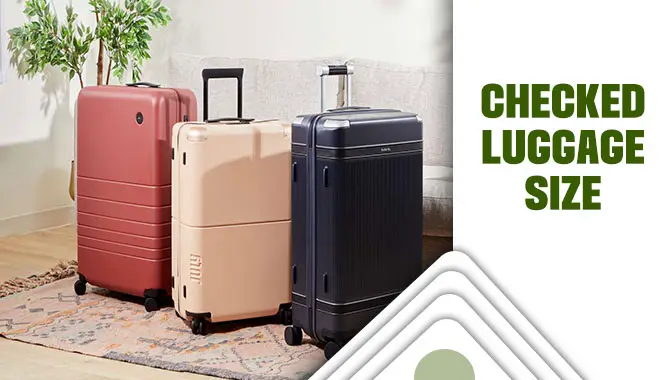
How to Pack According to Checked Luggage Size Limits to Avoid Overweight Fees
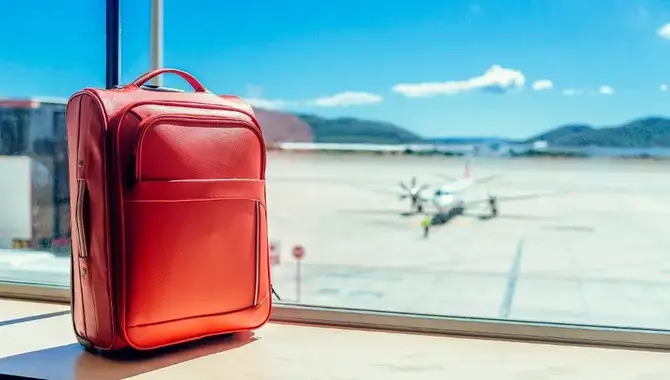
To avoid extra fees, it’s crucial to understand your airline’s checked luggage size restriction guidelines before packing. Prioritize researching your airline’s website for concise details on luggage allowances and restrictions such as weight, dimensions, and linear inches.
A luggage scale should also be used to weigh your checked bag in advance. Consider using packing cubes or compression bags to maximize space and reduce weight when packing lighter items. Also, pack heavier items at the bottom of the suitcase for better balance. Lastly, be sure to check with your airline for specific regulations before you check-in.
Maximum Size And Weight Limits
When it comes to luggage size, airlines have specific maximum size and weight limits that passengers must adhere to. For example, on Aer Lingus flights, the maximum checked bag size for all cabin or fare types is 62 inches (158 cm).
It is important to note that exceeding these limits may result in additional fees or even being denied boarding. Additionally, some airlines may have different policies for international versus domestic flights, so it is always best to check with your specific airline before packing your bags. By following the guidelines set by the airline, you can ensure a stress-free travel experience and avoid any unexpected surprises at the airport.
Choosing The Right Luggage
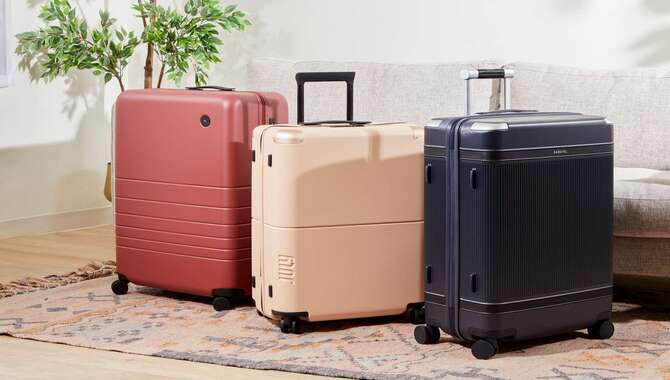
To avoid overweight fees while travelling by air, choosing the right luggage that meets your airline’s size and weight restrictions is important. Before selecting a bag, check your airline’s website or contact them directly to know their maximum permissible dimensions and weight limit for checked baggage.
Opting for hard-shell suitcases offer better protection for fragile items but are heavier than soft-sided ones. While soft-sided bags are light in weight, they may not provide enough protection against damages during transit. Ensure you choose lightweight and durable materials such as polycarbonate to get the best of both worlds.
Packing Strategically
To avoid exceeding the size restriction or weight limit of your checked bag, make sure to pack smartly and strategically. Opt for lightweight clothing, use packing cubes or compression bags to maximize space, and consider packing heavier items in your carry-on. Be mindful of any size limitations if you’re flying with a specific airline or travelling to a particular destination.
Different airlines have their maximum size and weight limits, so checking before packing is crucial. By following these tips, you can avoid additional fees for overweight baggage while keeping your belongings safe during travel.
Packing Techniques: Roll, Bundle, Or Fold?
When it comes to packing luggage, there are a few different techniques that travellers swear rolling, bundling, and folding. Each method has its own benefits and drawbacks, so choosing the one that works best for you depends on your destination, clothing type, and personal preference.
Rolling is a popular technique that involves tightly moving each item of clothing to save space and reduce wrinkles. This method is great for casual clothes like t-shirts and jeans but may not be as effective for dressier items or delicate fabrics.
Bundling involves wrapping each item of clothing around a central core (like a pair of shoes) to create a compact bundle. This technique can help prevent wrinkles and keep clothes organized, but it may take up more space in your luggage.
Folding is the classic packing technique that most people are familiar with. It’s simple, straightforward, and works well for dressier items like blouses or suits. However, folded clothes can take up more space than rolled or bundled clothes.
In the end, the best packing technique depends on your individual needs and preferences. Experiment with all three methods to find the one that works best for you!
Tips For Reducing Weight In Your Luggage: Leave Non-Essentials Behind
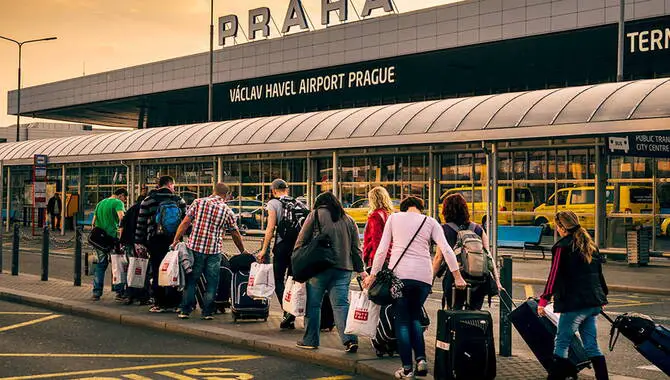
When it comes to checked luggage, weight restrictions can be a major concern for travellers. To avoid additional fees or the hassle of having to remove items at the airport, it’s important to pack smart and reduce the weight of your luggage as much as possible.
One way to do this is by leaving non-essentials behind. Consider whether you really need that extra pair of shoes or bulky jacket, and opt for lightweight alternatives when possible. Additionally, try to choose travel-sized toiletries and pack only what you will need for your trip.
By being mindful of what you pack and leaving non-essentials behind, you can reduce the weight of your luggage and make your travels smoother and more enjoyable.
Handling Overweight Luggage Fees: Negotiation, Repacking, Or Shipping?
When it comes to luggage size, overweight fees can be a major headache for travellers. However, there are several options available for handling these fees. One option is to negotiate with the airline to waive or reduce the fee, especially if the overweight baggage is only slightly over the limit.
Another option is to repack your luggage, redistributing items between your checked and carry-on bags to meet weight requirements. If those options aren’t feasible, you may want to consider shipping your luggage ahead of time through a service like FedEx or UPS.
While this can be more expensive than paying an overweight fee. It can save you the hassle and stress of dealing with heavy bags at the airport. Whatever option you choose, planning ahead and being mindful of weight limits can help you avoid excessive fees and make for a smoother travel experience.
A View Of Checked Luggage Regulations

When travelling, it’s important to be aware of the regulations regarding luggage size. Each airline has its own specific guidelines for checked luggage. Which can vary based on factors such as destination and ticket class.
In general, most airlines allow checked bags to weigh up to 50 pounds and have dimensions of up to 62 inches (length + width + height). However, it is always best to check with your airline before packing to ensure that you are following their specific regulations.
Additionally, some airlines may charge additional fees for oversized or overweight luggage. So it’s important to factor in these potential costs when planning your trip. Following the rules and regulations surrounding luggage size can help ensure a smooth and stress-free travel experience.
Understanding Airline Luggage Policies
When traveling, it’s important to keep in mind the size restrictions on checked luggage. Checking your airline’s specific policy before packing is crucial as each airline has different rules regarding size and weight limits for checked baggage.
The standard size allowance is up to 62 linear inches (which includes length, width, and height) with a weight limit of 50 pounds. Some airlines may have more stringent policies for international flights or certain types of items like sports equipment or musical instruments. Checking the airline’s website beforehand ensures that you comply with their requirements.
Carry-On Luggage Size Limits

Ensure you adhere to carry-on luggage size restrictions set by your airline and destination. Before packing, be aware of specific requirements, including baggage allowance, linear dimensions, weight restrictions, and extra fees for overweight or oversized baggage.
Airlines typically limit carry-on luggage sizes to approximately 22 inches x 14 inches x 9 inches. Using a smaller backpack or small duffel bag can help you avoid these issues. Remember to check your airline’s website for details on personal item size limits, carry-on size allowances, and other rules that may apply.
Personal Item Size Limits
When you travel with checked luggage, keep in mind that there are personal item size restrictions that need to be followed. Airlines generally allow passengers to carry personal items along with their checked luggage. These items could include purses, laptop bags or small backpacks.
To avoid any hassle at check-in, make sure you adhere to the airline’s size restrictions for personal items and also check if they have any weight limit for these items. If your personal item doesn’t meet the guidelines specified by the airline, you may have to check it separately.
Understanding Linear Inches
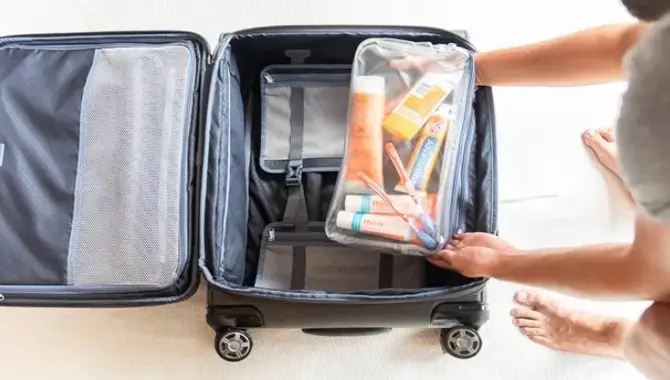
Understanding linear inches is crucial when it comes to Luggage Size regulations. Instead of just looking at the size limit, one must also consider the linear dimensions and invest in a luggage scale. Major airlines like American Airlines, United, Delta, and Air Canada follow similar baggage policies.
It’s important to note that not all airlines have the same baggage allowance and fees. Knowing the total linear inches allowed by airlines like Emirates or Aer Lingus will make your travels hassle-free.
Conclusion
Keeping within Checked Luggage Size regulations is crucial to avoid paying hefty overweight fees. Researching maximum size and weight limits, choosing the right luggage, packing strategically, and packing techniques like rolls, bundles, or folds can help you pack efficiently.
It’s also important to lose weight by leaving behind unnecessary items and being aware of airline policies. If your baggage exceeds the limit, negotiate repacking or shipping options to avoid additional fees. Understanding these rules is essential for a hassle-free journey. For a comprehensive overview of checked baggage regulations and policies, including carry-on and personal item size limits.
Frequently Asked Questions:
1.What Are Most Airlines’ Standard Size And Weight Restrictions For Checked Luggage?
Ans: Most airlines have a size limit of around 62 linear inches or 158 cm and a weight limit of approximately 50 pounds or 23 kg for checked luggage. Oversized or overweight bags may incur extra fees or not be accepted at all. Always check with your airline for their exact restrictions to avoid any issues.
2.Are There Any Additional Fees Or Charges For Oversized Or Overweight Luggage?
Ans: It’s common for airlines to charge extra fees for luggage that exceeds their weight and size limits. These fees can differ depending on the airline and the luggage’s measurements. To avoid any unexpected costs, check your airline’s policies before travelling and make sure your luggage meets their requirements.
3.What Are Some Common Items That May Not Be Allowed In Checked Luggage?
Ans: Certain items, such as flammable liquids, explosives, and sharp objects, are typically not allowed in checked luggage. Additionally, airlines may have weight and size restrictions. To avoid any issues, it’s crucial to review the prohibited items list provided by your airline or airport and pack questionable items in your carry-on or leave them behind.
4.Are There Any Exceptions To The Standard Checked Luggage Regulations For Certain Airlines Or Destinations?
Ans: It’s crucial to check with your airline about luggage restrictions, as some may differ based on destination or ticket class. Certain locations may also have specific rules regarding checked bags. Always verify that your luggage complies with regulations before checking in to avoid delays or extra fees.
5.How Can I Ensure That My Checked Luggage Arrives Safely At My Destination?
Ans: Select a sturdy and durable suitcase or bag to guarantee your checked luggage’s safe arrival. Secure all zippers and locks correctly, and attach a luggage tag with your contact information and destination address. To prevent damage or loss, avoid packing fragile or valuable items in checked luggage.
